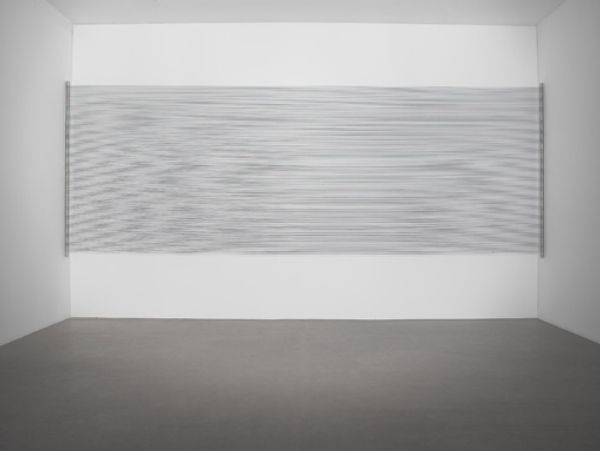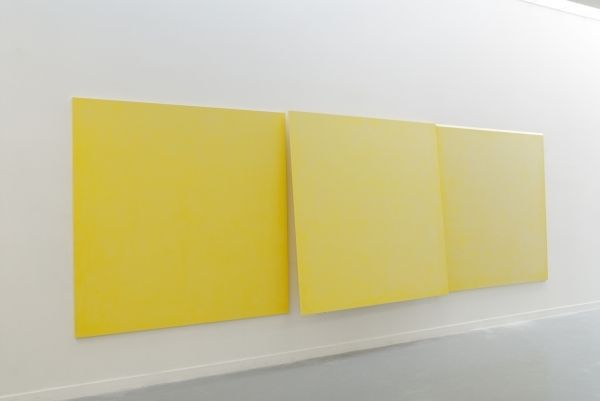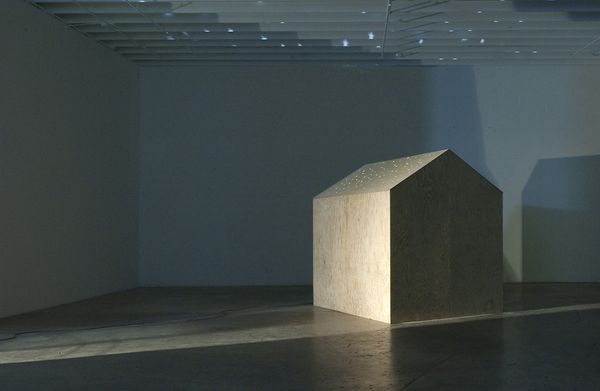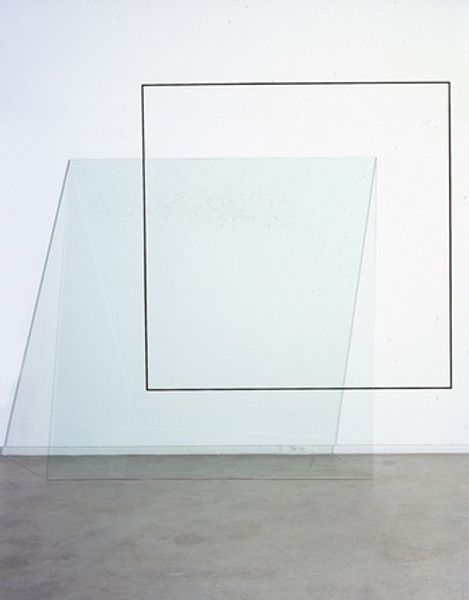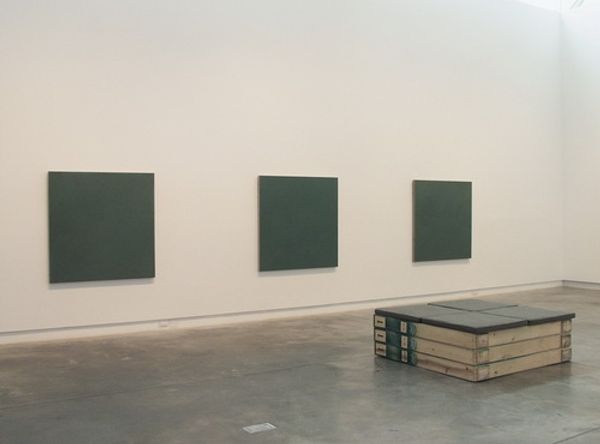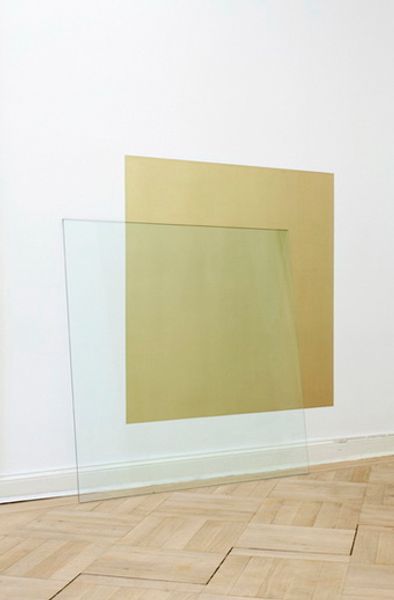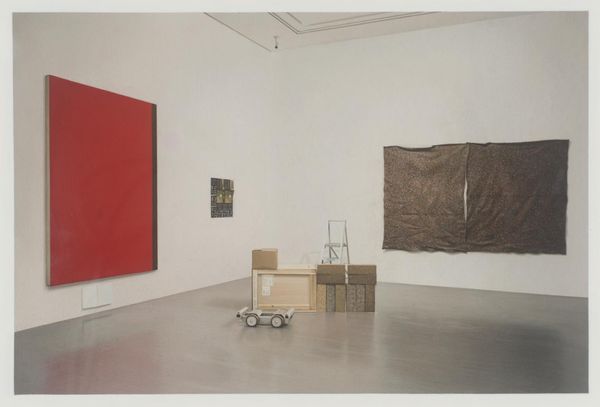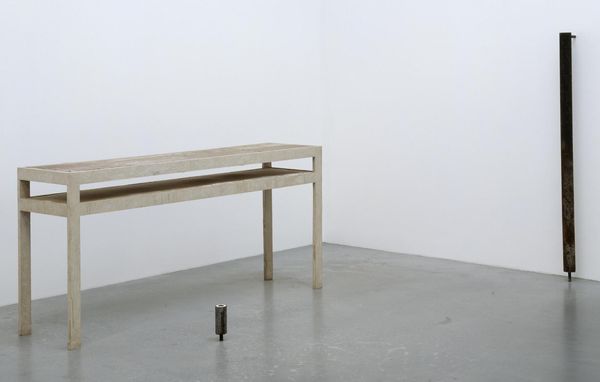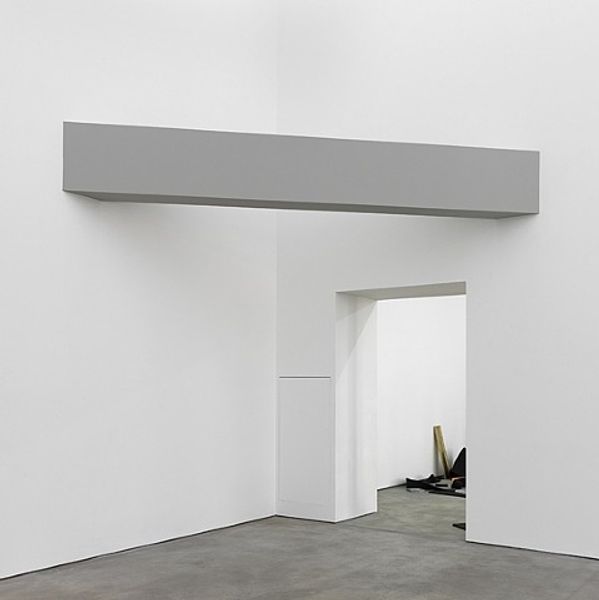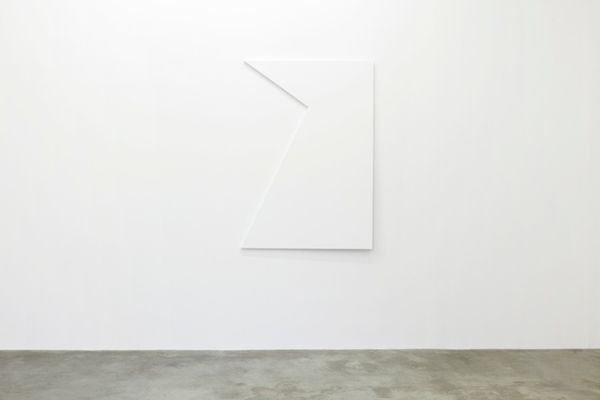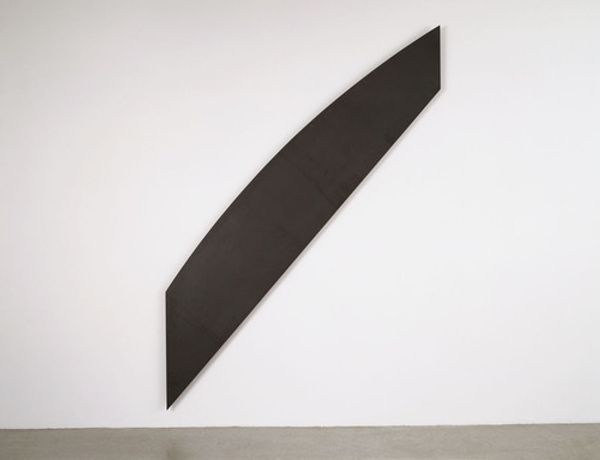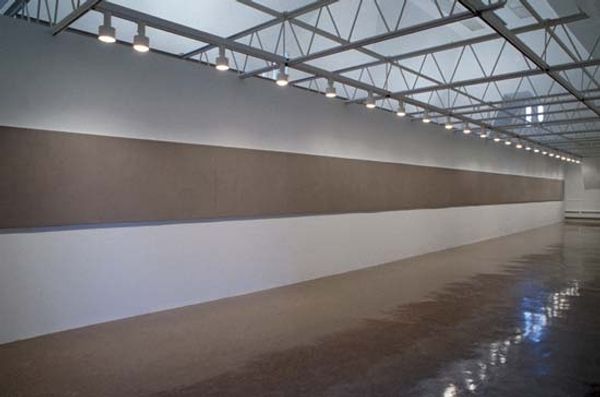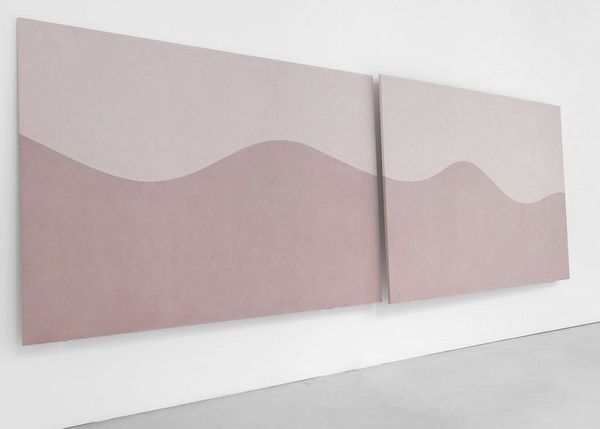
photography, site-specific, installation-art
#
portrait
#
contemporary
#
conceptual-art
#
appropriation
#
photography
#
site-specific
#
installation-art
#
line
#
modernism
Copyright: Gustav Metzger,Fair Use
Editor: This is a photograph, taken in 1997 by Gustav Metzger, bearing the rather poetic title: 'The photo of a girl in the rain is full of emotions.' It's mostly gray, and the blurring gives it a moody, almost melancholic feeling. I'm curious, what story do you think this image is trying to tell? Curator: The image's conceptual power lies in its appropriation and its interrogation of visibility, absence, and memory. The indistinct figure—is it even a girl? Is it truly "in the rain?"— immediately prompts questions about identity. Consider Metzger's activist history; do you see echoes of his concern about systemic erasure and historical trauma, where the individual is obscured, rendered nearly invisible by larger forces? Editor: I see what you mean. The haziness gives an interesting feeling of absence, like the memory is fading or was never clearly there. I suppose that resonates more powerfully if we consider it politically. How does the gallery setting play into this? Curator: The institutional space is key. Placing this almost ghost-like image within a gallery, what does it suggest about how society frames, contains, and ultimately controls narratives? Think about the photographic medium itself; is it documenting a truth or constructing one? Is this artwork highlighting art's potential to either challenge or reinforce societal structures of power and historical record? Editor: So it is a double bind? Does the presentation validate or undermine Metzger’s vision? I guess either outcome furthers his social critiques. Curator: Exactly. Metzger pushes us to actively engage in this dialectic. Hopefully, our chat prompts listeners to consider the complex layering within this seemingly simple photo and encourages us to reflect on the stories and histories art can make us see, or perhaps compels us to fight to illuminate stories art and the dominant narrative choose to keep obscure. Editor: That gives me a lot to think about. I appreciate your insight into the context around this art!
Comments
No comments
Be the first to comment and join the conversation on the ultimate creative platform.
